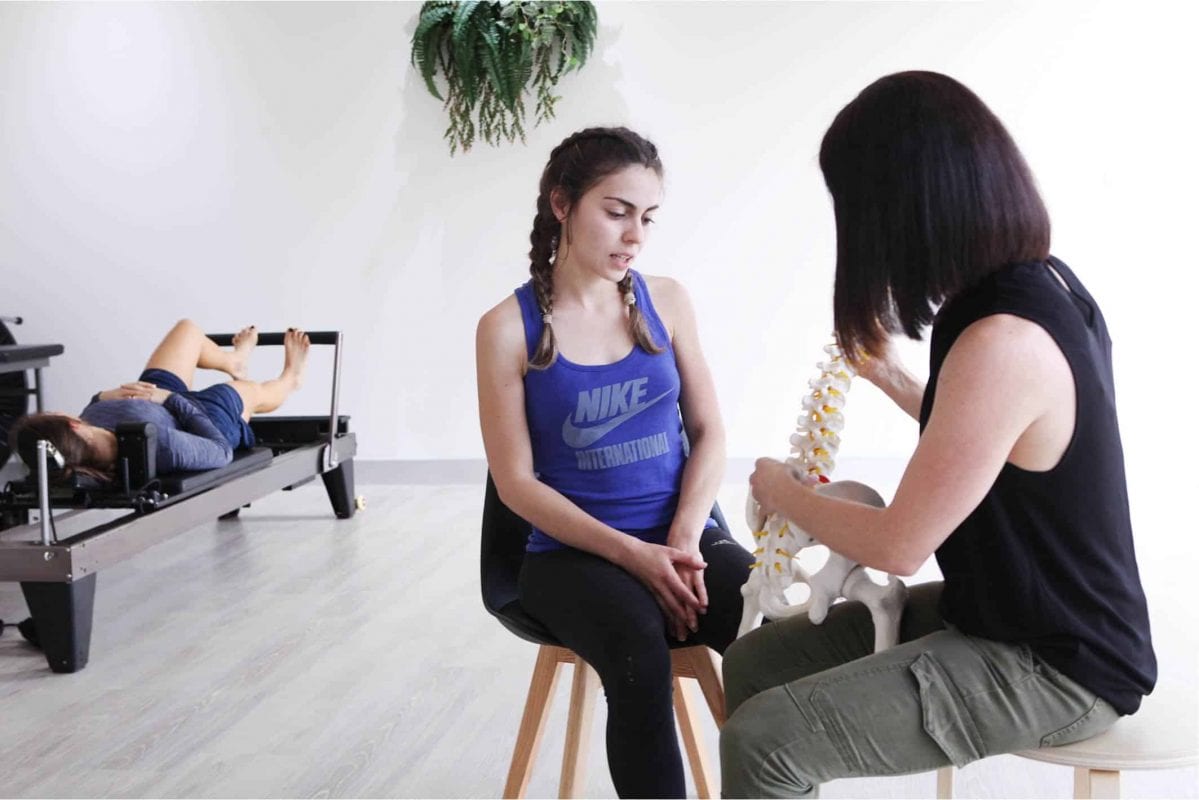An unfortunately common side effect of sports is injury. Regardless of the type of sport that you do, if you do it often enough, you are running a risk of injuring your body in one way or another. When this happens to you, one treatment option for some injuries is physiotherapy.
We had checked in with the professionals at Fifth Ave Physiotherapy to see what the role of physiotherapy is with sports injuries. Here’s what we discovered.
How Physiotherapy Works
Physiotherapy is the treatment for injury or recovery that uses external methods, such as massage, heat, stretching, and exercise. In sports therapy, a physiotherapist can help with the prevention as well as the treatment of sports-related injuries. Sports physiotherapists create treatment plans based not just on the injury that occurred, but based on the sport that caused it. Through these methods, a physiotherapist can help patients to prevent the area from experiencing a repeat injury.
Sports Injury Treatment
The type of treatment that is required to treat a sports injury varies greatly depending on the sport that caused it, the severity of the injury, and the area the injury took place. Fortunately, physiotherapists have many different methods of treatment available, so that they can work to rehabilitate any injury that has been sustained.
It is important to note that sports injuries generally should be first examined by a medical physician to ensure that there is not any severe injury that requires more intervention than can be obtained through physiotherapy. A doctor will then be able to safely refer you out to a physiotherapist for recovery.
Methods of Treatment
There are several methods of treatment that a physiotherapist might employ when dealing with a sports injury. Here are a few.
- Exercise: It might seem counterproductive when it comes to a sports injury, but in many cases, certain types of exercise therapies can help improve the recovery. This will often include strength training, to either build up muscles that have been weakened by injury or the muscles surrounding the injury. During exercise sessions, physiotherapists will also go over proper form and posture when performing sports to help prevent other injuries from occurring in the future.
- Massage: Manual therapies, such as massage, are also often used in sports injury physiotherapy. Massage can help increase the blood flow to the injured area to help with the healing process. It can also be pain relieving.
- Other Manual Methods: Outside of massage, other manual therapies include stretching, mobilization, and joint manipulation. This process works by moving the body around and promoting healthy and safe movement. These methods can also increase your range of motion, which might have been harmed during the injury and difficult to recover from once the healing process has begun.
- TENS: Another method that is often employed by physiotherapists is electrotherapy. This uses a type of electrical nerve stimulation to help soothe any nerve pain that might be occurring due to the injury. Other electrotherapy includes ultrasound and laser therapy, which can increase blood flow, reduce pain, and promote healing.
Homework
Your physiotherapist will work with you within his or her office, but it is completely up to you to maintain their work in between sessions. This typically means that you will need to be doing some physiotherapy homework that will likely include some stretching and exercise, if not icing. It is important for the success of your treatment if you do whatever homework has been assigned to you by the therapist.
Getting Started
If you are wondering whether a sports physiotherapist is right for you, the first thing to do is check in with your doctor to make sure there are no greater injuries involved. Then, your doctor will send a request to a physiotherapist for your treatment sessions.
Don’t suffer with a sports injury unnecessary. Get treatment as soon as possible and explore the positive options that come with physiotherapy.








